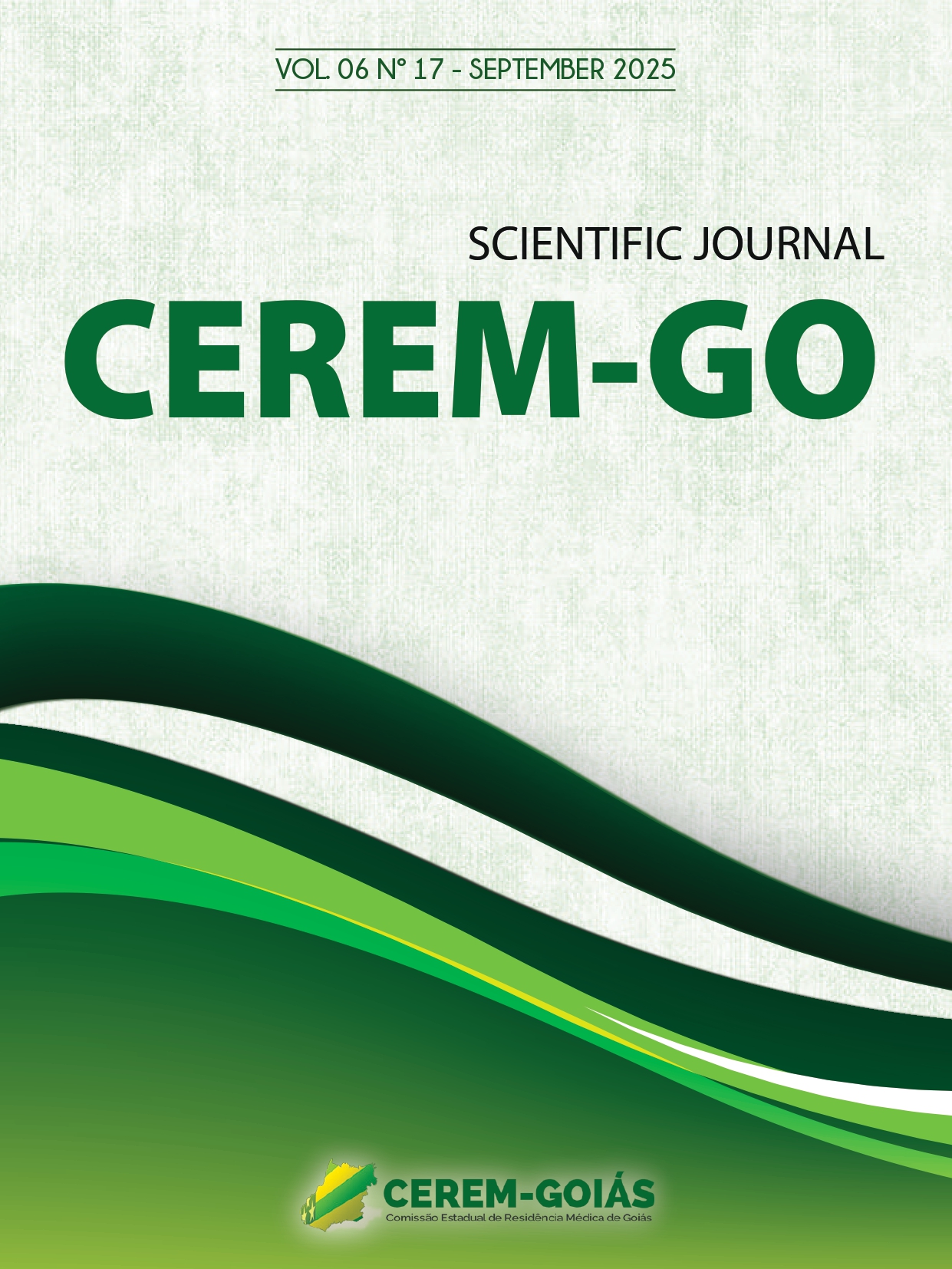Epidemiology of proximal femur fractures in Brazil
regional analysis of incidence, in-hospital mortality, and average length of stay
DOI:
https://doi.org/10.37951/2675-5009.2025v6i17.179Keywords:
Proximal femur fractures, Epidemiology, Mortality, Length of stay, Public health, BrazilAbstract
Introduction: Proximal femur fractures represent a serious public health problem, especially among the elderly population, due to their high morbidity and mortality rates and significant socioeconomic impact. In Brazil, a country of continental dimensions and great demographic diversity, regional epidemiological analysis is essential for the planning of effective health policies. Objective: To analyze the incidence, in-hospital mortality, and average length of stay for proximal femur fractures in the state of Goiás, Brazil, from 2014 to 2024, based on data from the Unified Health System (SUS). Methods: This was a descriptive ecological study using secondary data from the Department of Informatics of the SUS (DATASUS), referring to the surgical treatment of proximal femur fracture/injury (code 0408050489) in Goiás. The variables analyzed were: approved Hospital Admission Authorizations (AIH), deaths, mortality rate, and average length of stay, stratified by municipality. Results: Over the 10-year period, 4,158 hospitalizations for proximal femur fractures were recorded in Goiás, with 100 in-hospital deaths, resulting in an overall mortality rate of 2.41% and an average length of stay of 6.5 days. A high concentration of cases was observed in the capital, Goiânia (70.3% of the total), which nonetheless showed a mortality rate (2.26%) lower than the average of other municipalities (2.76%). Smaller municipalities, such as Jaraguá, presented notably high mortality rates (7.69%), while others, such as Paraúna, recorded atypically long hospital stays (32 days), despite the low number of cases. Conclusion: The data reveal significant heterogeneity in the distribution and management of proximal femur fractures in Goiás, with strong centralization of care in the capital. Disparities in mortality rates and hospital stay lengths among municipalities suggest the need to investigate the factors associated with these outcomes and to strengthen the orthopedic care network in the state’s interior.
Downloads
Published
Issue
Section
License
Copyright (c) 2025 Scientific Journal CEREM-GO

This work is licensed under a Creative Commons Attribution 4.0 International License.




